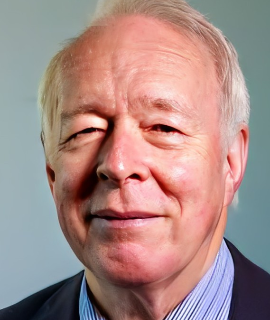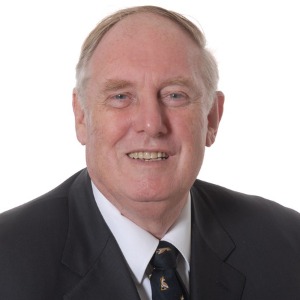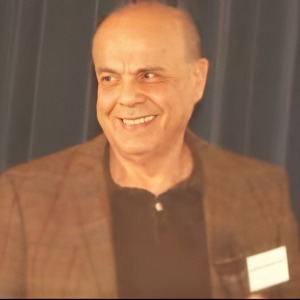Minimal Intervention Dentistry
Minimal Intervention Dentistry (MID) is an approach to dental care that seeks to maintain the natural health of a patient’s teeth and gums. The philosophy behind MID is that by preserving existing healthy structures in the mouth, and intervening only when needed to restore or enhance oral health, more cost-effective, less invasive and more durable treatments can be achieved. MID recognizes the important role that the patient plays in maintaining healthy teeth and gums. Education and prompt intervention are emphasized to empower the patient to maintain their own oral health. MID may involve regular routine visits to the dental office for oral hygiene checks and preventive care, as well as screenings for cavities and tooth decay. Diagnostic technologies, such as digital X-rays and tooth sensitivity testing, may also be employed, allowing the dentist to identify any underlying issues that may exist and treat them quickly. The goal of MID is to preserve the patient’s natural dentition as much as possible. This means the dentist will strive to only intervene when absolutely necessary. Treatments such as sealants, fluoride applications, sealing of pits and fissures, and air abrasion, are all part of MID and can help to reduce the need for more intensive procedures, such as fillings and root canals. MID is not a replacement for traditional dental treatments such as fillings and crowns; instead, it seeks to augment them by providing appropriate preventive care that can limit the need for more advanced treatments. By focusing on the prevention of dental issues, MID minimizes the need for complex and costly procedures, reducing the risk of costly medical and dental complications later in life. It is a philosophy that emphasizes the importance of preventive care in order to maintain optimum oral health.

David Geoffrey Gillam
Queen Mary University of London, United Kingdom
Christopher Turner
Spacemark Dental, United Kingdom




Title : Evaluating hygienist follow up for head and neck oncology patients in secondary care: Results from a two cycle audit
Peter Basta, Newcastle Dental Hospital, United Kingdom
Title : Atypical facial pain unravelled
Christopher Turner, Spacemark Dental, United Kingdom
Title : New treatment of temporomandibular disorder through muscle balance and muscle regeneration by activation of quiescent muscle stem cells( satellite cells) with mitochondrial dynamics
Ki Ji Lee, National Reserach Foundation & Busan Medical University, Korea, Republic of
Title : MRONJ and ORN: Referral or management in primary care? Navigating guidelines in the context of long waiting lists
Alisha Sagar, NHS England, United Kingdom
Title : Managing the unexpected: An Insight into supernumerary teeth
Bahar Gharooni Dowrani, Guy's and St Thomas' NHS Foundation Trust, United Kingdom
Title : Laxative prescribing for post operative head and neck cancer patients at Derriford Hospital
Pui Sze Kylie Li, Cardiff and Vale University Health Board, United Kingdom